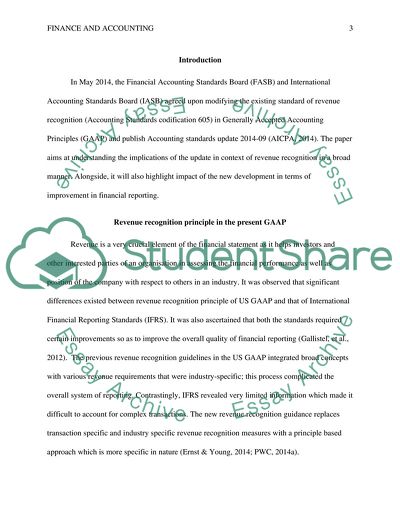Cite this document
(“Accounting Standards Update 2014-09 Revenue from Contracts with Research Paper”, n.d.)
Accounting Standards Update 2014-09 Revenue from Contracts with Research Paper. Retrieved from https://studentshare.org/finance-accounting/1658790-accounting-standards-update-2014-09-revenue-from-contracts-with-customers-topic-606
Accounting Standards Update 2014-09 Revenue from Contracts with Research Paper. Retrieved from https://studentshare.org/finance-accounting/1658790-accounting-standards-update-2014-09-revenue-from-contracts-with-customers-topic-606
(Accounting Standards Update 2014-09 Revenue from Contracts With Research Paper)
Accounting Standards Update 2014-09 Revenue from Contracts With Research Paper. https://studentshare.org/finance-accounting/1658790-accounting-standards-update-2014-09-revenue-from-contracts-with-customers-topic-606.
Accounting Standards Update 2014-09 Revenue from Contracts With Research Paper. https://studentshare.org/finance-accounting/1658790-accounting-standards-update-2014-09-revenue-from-contracts-with-customers-topic-606.
“Accounting Standards Update 2014-09 Revenue from Contracts With Research Paper”, n.d. https://studentshare.org/finance-accounting/1658790-accounting-standards-update-2014-09-revenue-from-contracts-with-customers-topic-606.


